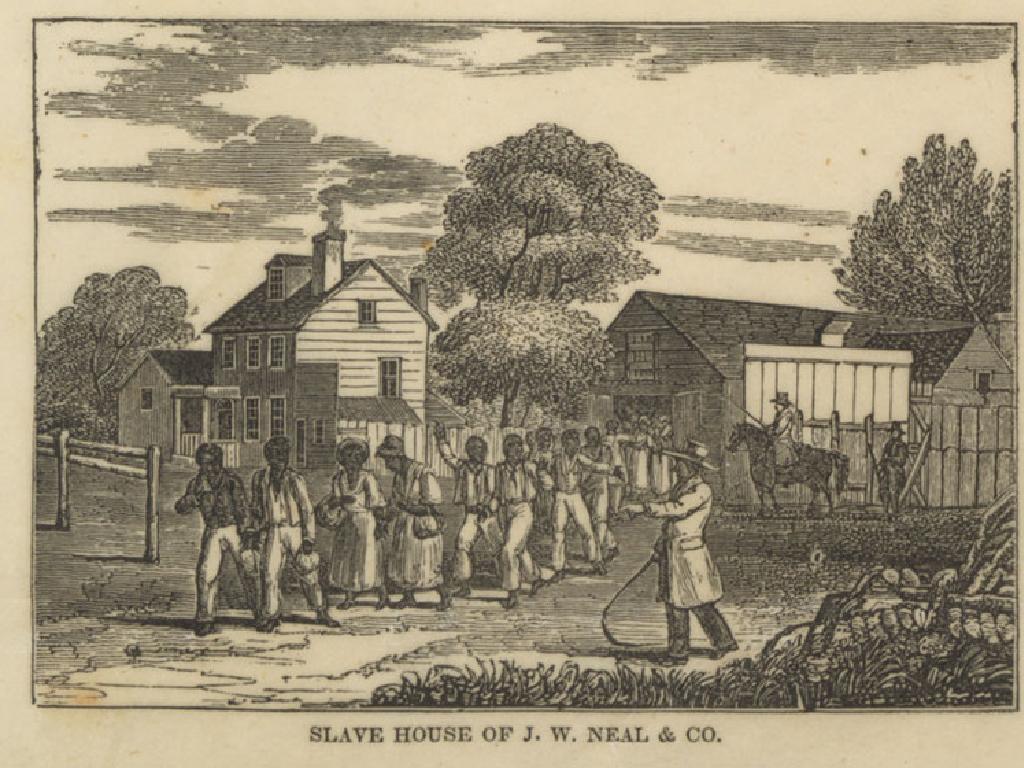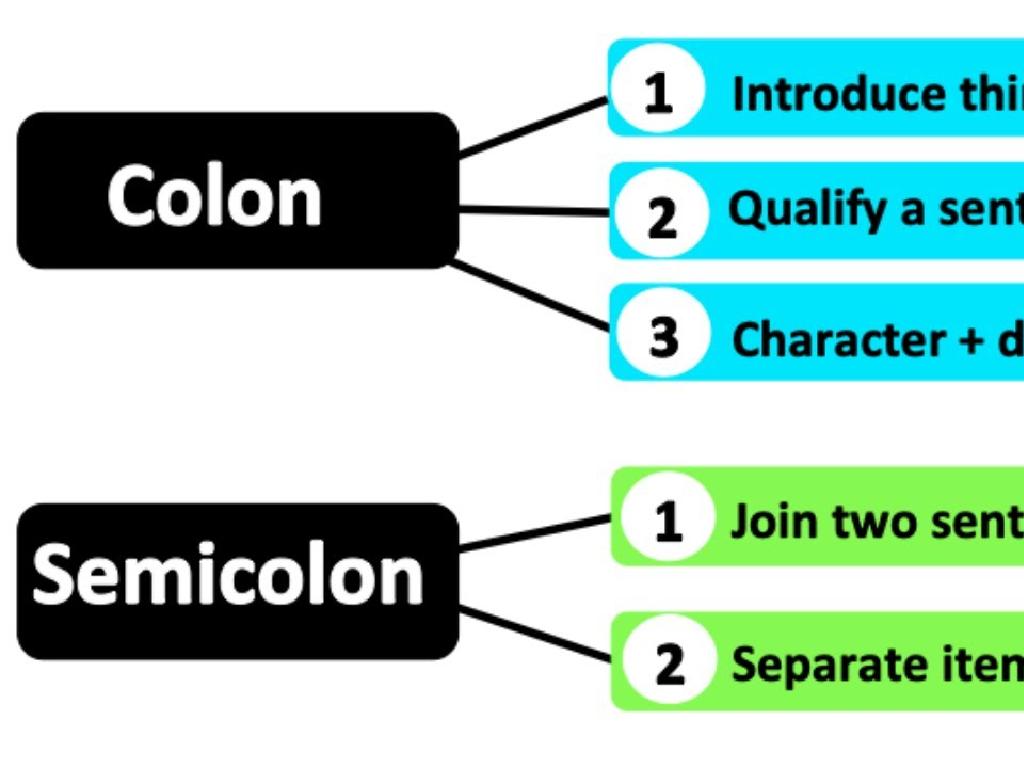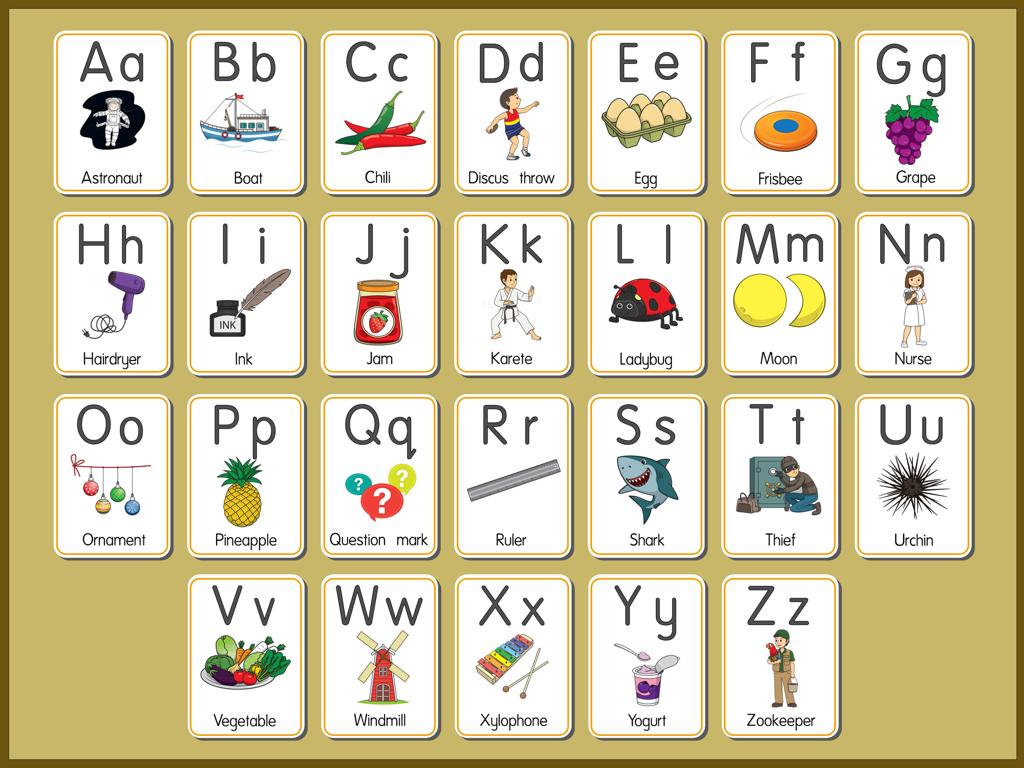Analyze Passages From Esperanza Rising: Part 2
Subject: Language arts
Grade: Sixth grade
Topic: Novel Study
Please LOG IN to download the presentation. Access is available to registered users only.
View More Content
Analyzing Esperanza Rising: Part 2
– Recap ‘Esperanza Rising’ introduction
– Focus: Analyzing Passages – Part 2
– Explore key themes
– Themes like hope, resilience, and social class
– Examine character growth & figurative language
– How Esperanza changes, use of metaphors & similes
|
Begin with a brief recap of ‘Esperanza Rising’ to refresh students’ memories. Today’s lesson will delve into the second part of the novel, focusing on analyzing specific passages for a deeper understanding. Students will explore key themes such as hope, resilience, and the impact of social class on the characters’ lives. They will also examine how the main character, Esperanza, develops throughout the story and how the author uses figurative language like metaphors and similes to enrich the text. Encourage students to think critically about how the themes relate to Esperanza’s journey and to identify examples of figurative language in the passages they analyze.
Recap of Esperanza Rising: Part 1
– Summarize Part 1 of the novel
– Overview of Esperanza’s life changes
– Discuss main characters and setting
– Esperanza and family, Mexico in the 1930s
– Review plot and key events
– Esperanza’s journey, striking events
– Reflect on themes and conflicts
– Class, social change, and personal growth
|
This slide aims to refresh students’ memories on the first part of ‘Esperanza Rising.’ Start with a brief summary, highlighting how Esperanza’s affluent life in Mexico changes drastically. Discuss the main characters, particularly Esperanza and her family, and the setting of Mexico during the 1930s, which is crucial for understanding the context of the story. Review the plot, focusing on key events that have significantly impacted Esperanza’s life and led to the development of the story. Encourage students to think about the emerging themes, such as social class and change, and the conflicts faced by the characters. This will set the stage for a deeper analysis of Part 2, where students will examine how the characters evolve and how the events unfold.
Exploring Themes in Esperanza Rising: Part 2
– Identifying major themes
– Themes like hope, resilience, and social class
– Themes manifestation in the story
– Observe how themes are woven into the plot and characters’ actions
– Esperanza’s experiences and themes
– Relate specific events in Esperanza’s life to the identified themes
– Discussing themes’ relevance
|
This slide aims to delve into the major themes present in ‘Esperanza Rising’ and how they are interlaced with the storyline and characters. Students should look for overarching ideas such as hope, resilience, and the struggle with social class that are evident throughout the novel. By examining Esperanza’s journey, students can see how her experiences serve as a reflection of these themes. Encourage students to think critically about how the themes relate to the characters’ development and to their own lives. This discussion will enhance their understanding of the novel and its messages about human nature and society.
Character Development in Esperanza Rising: Part 2
– Esperanza’s transformation
– Compare Esperanza’s attitude and perspective from the start to now.
– Key events shaping her
– Discuss pivotal moments that influenced her character growth.
– Class discussion on her journey
– Reflect on Esperanza’s experiences and share personal interpretations.
|
This slide aims to delve into the protagonist’s character arc, examining how Esperanza has evolved throughout the narrative. Begin by encouraging students to think about her personality, status, and outlook at the story’s commencement compared to her current situation. Highlight significant plot points that have tested and transformed her, such as the loss of her father or moving to the migrant camp. Facilitate a class discussion where students can articulate their observations and insights on Esperanza’s development, fostering a deeper understanding of character progression in literature. This activity will help students practice analytical thinking and empathy by connecting with the character’s struggles and growth.
Figurative Language in Esperanza Rising
– Define figurative language
– Figurative language uses figures of speech to be more effective.
– Examples in literature
– Metaphors, similes, personification found in books.
– Identify in Esperanza Rising
– Find metaphors or similes in the novel’s passages.
– Enhancing storytelling
– Figurative language adds depth and emotion to the story.
|
This slide aims to introduce students to the concept of figurative language and its significance in literature, particularly in ‘Esperanza Rising: Part 2’. Begin with a definition of figurative language, emphasizing that it’s a way to express ideas creatively beyond the literal meaning of words. Provide examples such as metaphors, similes, and personification. Guide students to identify these elements within the context of the novel, enhancing their comprehension and appreciation for the author’s craft. Discuss how figurative language can paint vivid pictures, evoke emotions, and create a more immersive reading experience. Encourage students to share examples they find and explain how it adds to the narrative.
Exploring Esperanza Rising: Language & Themes
– Read Esperanza Rising: Part 2 excerpts
– Group activity on language and themes
– Identify metaphors, similes, and imagery used
– Discuss passage contributions
– How do these sections advance the plot or character development?
– Connect to the story’s big picture
– Relate themes to the overall message of the novel
|
This slide is aimed at guiding students through an analytical reading of selected passages from ‘Esperanza Rising: Part 2’. The goal is to deepen their understanding of the novel’s language and themes. Begin with a reading session, then move on to a group activity where students will analyze the author’s use of literary devices such as metaphors, similes, and imagery. Encourage discussion on how these elements enhance the narrative and contribute to character and plot development. Conclude with a class discussion on how the passages fit into the overall story, asking students to think about the broader themes of the novel and their relevance to Esperanza’s journey. This will help students see the interconnectedness of literary elements and their impact on storytelling.
Class Activity: Exploring Characters Through Role-Play
– Divide into groups for role-play
– Assign roles from ‘Esperanza Rising’
– Reenact scenes from the novel
– Reflect on role-play insights
– How did acting out the scene help you relate to the character?
|
This activity is designed to help students delve deeper into the characters of ‘Esperanza Rising’ by putting themselves in the characters’ shoes. By dividing the class into small groups, each student will have the opportunity to actively participate. Assign each group different scenes from the novel to reenact, ensuring a diverse range of character perspectives are explored. After the role-play, facilitate a discussion where students can reflect on their experiences and share how the activity helped them gain a better understanding of the characters’ motivations, feelings, and actions. Provide guidance on how to analyze character development and the importance of perspective in literature. Possible variations of the activity could include writing a diary entry from their character’s point of view, drawing a pivotal scene, or creating a monologue for their character.
Reflection and Discussion on Esperanza Rising: Part 2
– Share thoughts on today’s analysis
– Esperanza’s changes in Part 2
– How do challenges shape Esperanza’s character and decisions?
– Predict the story’s continuation
– Use clues from the text to guess Esperanza’s next steps
– Open discussion and ideas
– Share personal interpretations and listen to classmates
|
This slide is meant to facilitate a reflective and interactive discussion among students about the second part of ‘Esperanza Rising.’ Start by inviting students to share their personal insights from today’s analysis, focusing on character development and plot progression. Encourage them to consider how the events in Part 2 have impacted Esperanza’s character, prompting them to think critically about her reactions and growth. Move on to an open discussion where students can make predictions about the story’s direction, using evidence from the text to support their ideas. This activity will help students practice their analytical and inferential skills while fostering a collaborative learning environment. It’s also an opportunity to assess their comprehension and engagement with the novel.
Homework: Esperanza’s Growth Through Figurative Language
– Write an essay on Esperanza’s growth
– Focus on how Esperanza changes throughout the story
– Include figurative language examples
– Metaphors, similes, personification found in the text
– Reflect on how these elements show change
– How does the figurative language enhance the story?
– Share your insights next class
|
This assignment encourages students to explore character development in ‘Esperanza Rising’ by focusing on Esperanza’s personal growth. Students should identify examples of figurative language such as metaphors, similes, and personification, and explain how these literary devices contribute to our understanding of Esperanza’s journey. This exercise will help students practice their analytical writing skills and deepen their comprehension of the novel. In the next class, students will have the opportunity to present their essays, fostering a collaborative learning environment where they can learn from each other’s interpretations.
Wrapping Up: Esperanza Rising Insights
– Recap today’s key lessons
– Homework due next Monday
– Reflect on story’s deeper meanings
– Consider how the story’s events may relate to broader life lessons.
– Keep exploring themes at home
– Think about how Esperanza’s experiences might feel in real life.
|
As we conclude today’s lesson, it’s important to summarize the main points we’ve discussed from Part 2 of ‘Esperanza Rising.’ Remind students that their homework, which involves analyzing specific passages for themes and character development, is due next Monday. Encourage them to keep thinking about the story’s themes, such as perseverance, family, and hope, as they continue reading. Ask them to consider how Esperanza’s journey can be connected to real-world experiences and challenges. This reflection will deepen their understanding of the novel and its relevance to their own lives. For the next class, prepare to discuss these themes and how students have related to the story personally.






